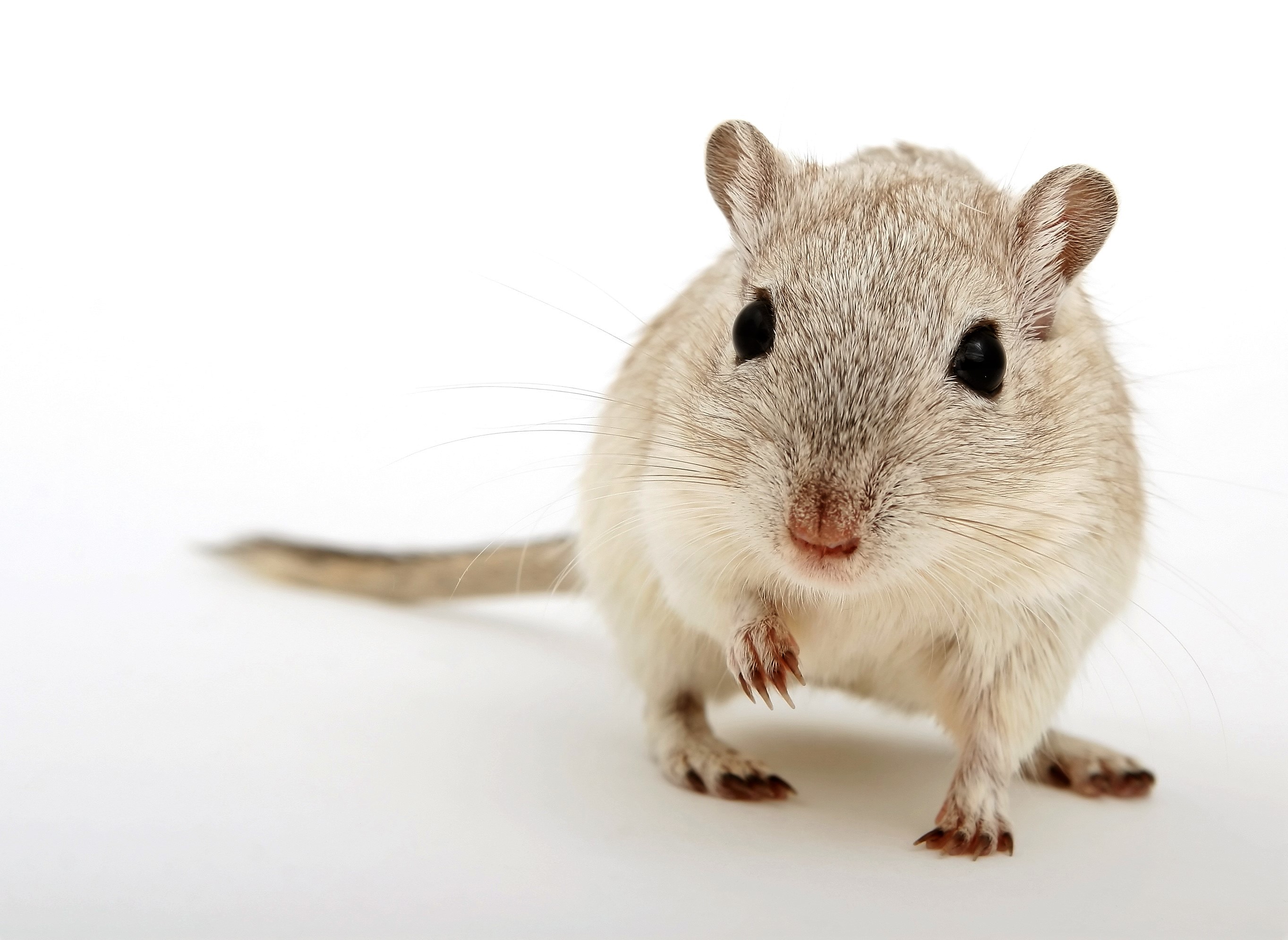10th Sep 2018
 2-3% of the world is affected by Obsessive Compulsive Disorder (OCD), a disorder characterized by intrusive thoughts (obsessions) and uncontrollable repetitive actions (compulsions).
2-3% of the world is affected by Obsessive Compulsive Disorder (OCD), a disorder characterized by intrusive thoughts (obsessions) and uncontrollable repetitive actions (compulsions).
Previous research found a link between OCD and abnormal activity in an area in the front of the brain called the “prefrontal cortex”, which is involved in decision making, personality and planning complex behaviour.
A new review article by Manning and Ahmari (2018), available in the BNA’s journal 'Brain and Neuroscience Advances', discusses the contribution of mice in the disorder’s research.
 The article mentions that in experiments where some genes linked to the mice’s prefrontal cortex were changed, the mice showed compulsive grooming. This therefore suggests a link between this area and the compulsions, but how this works is still unclear.
The article mentions that in experiments where some genes linked to the mice’s prefrontal cortex were changed, the mice showed compulsive grooming. This therefore suggests a link between this area and the compulsions, but how this works is still unclear.
But can we use OCD in a mouse to learn more about human OCD? One issue is that our prefrontal cortex is more developed than that of a mouse. This means that while there are studies saying that there is enough similarity, researchers should still be careful when designing experiments to ensure the type of behaviour tested is similar in both animals. However, using mice allows scientists to use a wider variety of techniques to research the brain and is therefore necessary to fully understand this disorder. So with well-designed experiments mice could very useful to learn more about OCD.
Using mice will hopefully lead to a new treatment for OCD that specifically targets the prefrontal cortex, as current treatments do not work in a lot of patients.
To read the full article, click here
Manning, E.E. and Ahmari, S.E., 2018. How can preclinical mouse models be used to gain insight into prefrontal cortex dysfunction in obsessive-compulsive disorder?. Brain and Neuroscience Advances, 2
< Back to Media








 2-3% of the world is affected by Obsessive Compulsive Disorder (OCD), a disorder characterized by intrusive thoughts (obsessions) and uncontrollable repetitive actions (compulsions).
2-3% of the world is affected by Obsessive Compulsive Disorder (OCD), a disorder characterized by intrusive thoughts (obsessions) and uncontrollable repetitive actions (compulsions).  The article mentions that in experiments where some genes linked to the mice’s prefrontal cortex were changed, the mice showed compulsive grooming. This therefore suggests a link between this area and the compulsions, but how this works is still unclear.
The article mentions that in experiments where some genes linked to the mice’s prefrontal cortex were changed, the mice showed compulsive grooming. This therefore suggests a link between this area and the compulsions, but how this works is still unclear.